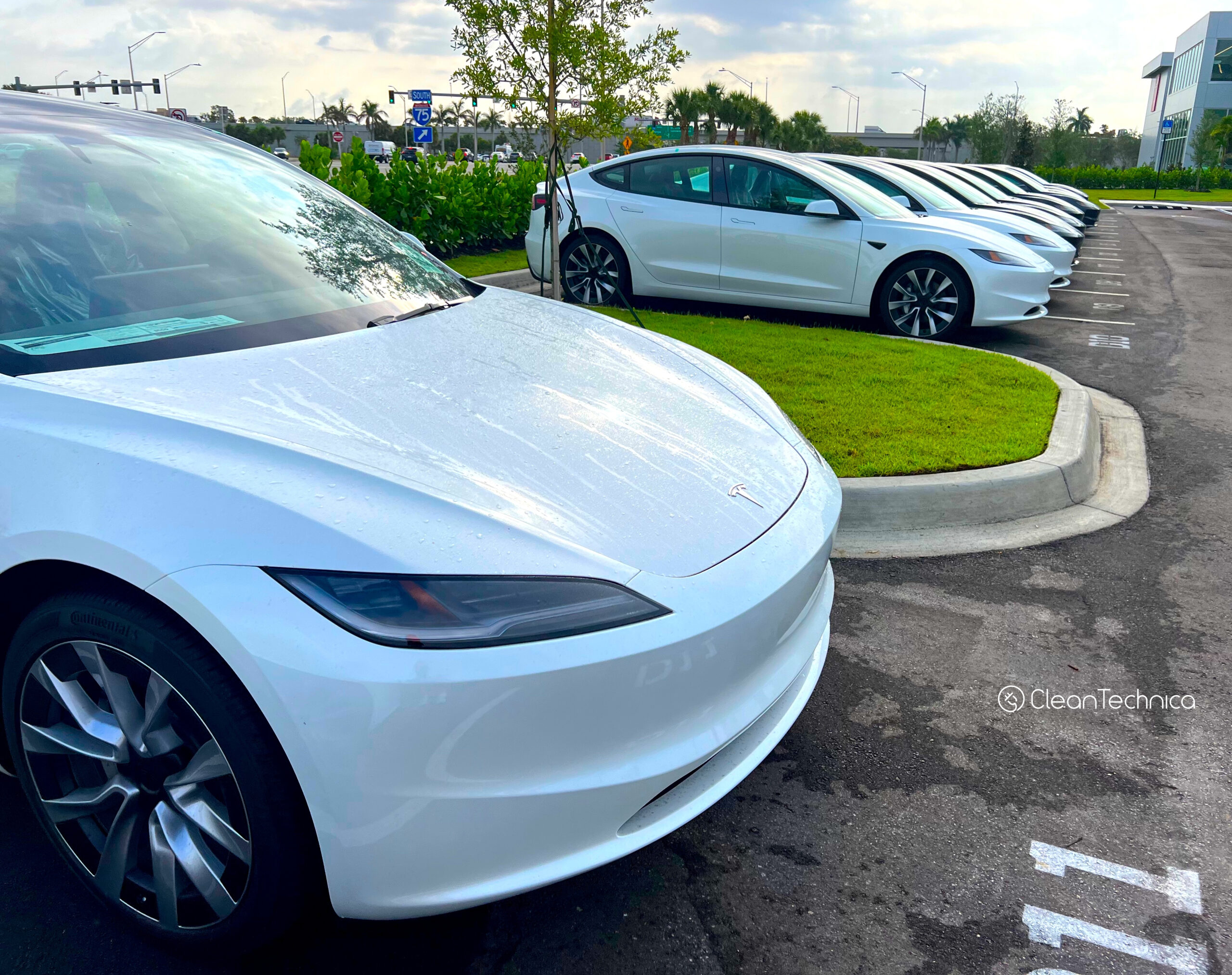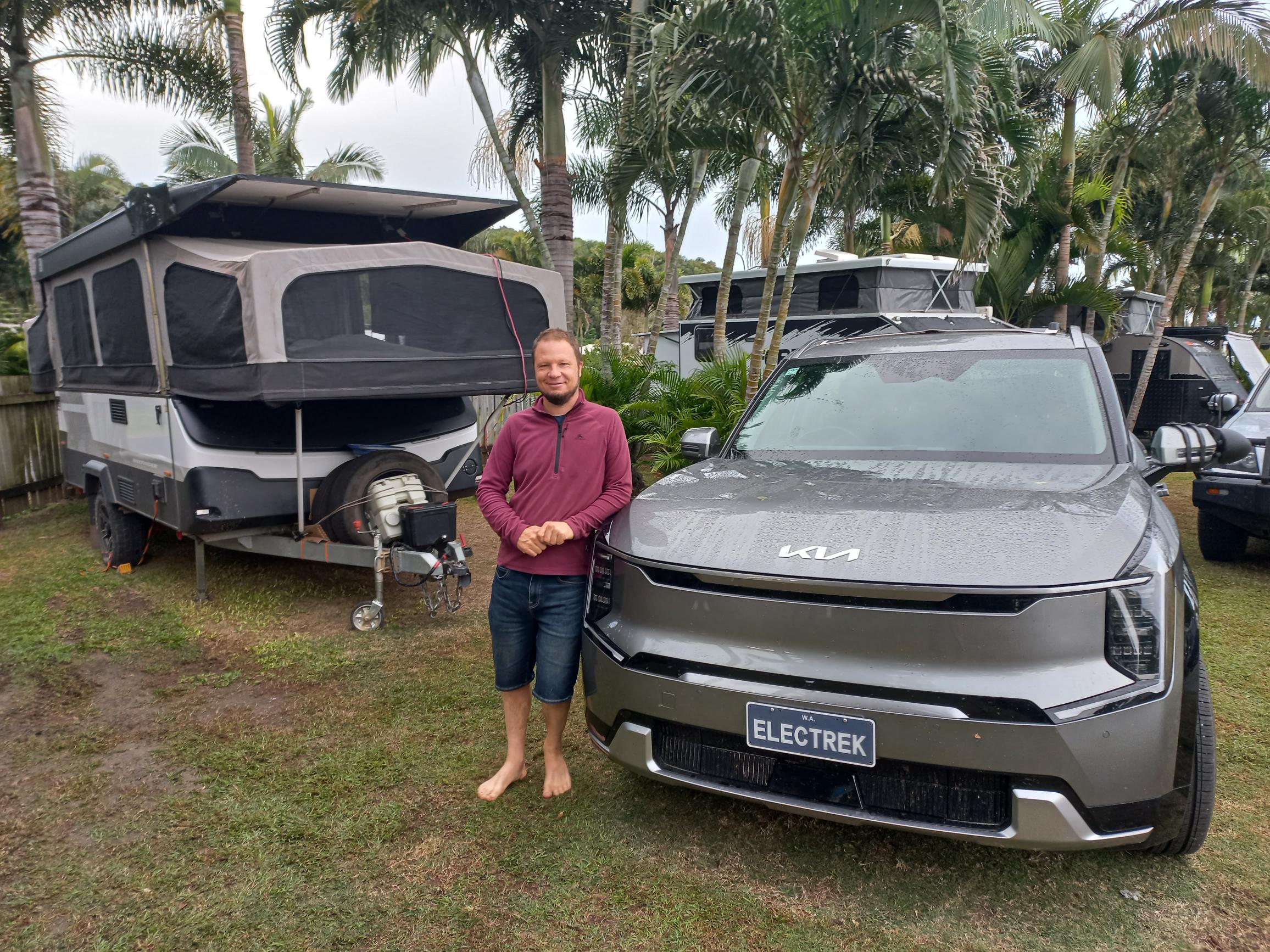
When I talk to people about owning an electric vehicle (EV), their eyes often widen in a kind of fear as they imagine being stranded as they run out of charge. They are used to traditional gasoline-powered cars that can go hundreds of miles on a single tank of gas. Range anxiety is a valid concern, and so, too, is charging anxiety — uncertainty of finding an available and functional charging station when needed. It can be valid — nearly 20% of charging attempts fail in the US, with charging equipment failure the most common cause.
- Verra Mobility conducted a 2023 survey of 2,000 Americans aged 25 and older about their perceptions and concerns regarding EVs. Of those who had rented an EV, 64% would consider buying an EV based on their driving experience. Despite the popularity, survey respondents still have concerns about charging, which include range anxiety, the location of charging stations, and the charging process itself.
- A study, led by University of Delaware researchers with collaborators at Dalhousie University and Georgia Tech, suggests that such anxiety tends to be misplaced, and less expensive EVs are often perfectly suitable to people’s needs.
- A survey of more than 16,000 electric and plug-in hybrid electric vehicle (PHEV) drivers in Canada, conducted by PlugShare Research on behalf of the Canadian Automobile Association, found that every common concern drivers had before buying an EV — including fears around range and battery degradation — faded significantly after purchasing an EV.
In the US, the mantra is Bigger is Better. But that common saying may be misplaced. Calls for much more extensive range capacity fail to recognize that only 5% of trips in the US are longer than 30 miles. According to data from the US Department of Transportation, 95.1% of trips taken in personal vehicles are less than 31 miles; almost 60% of all trips are less than 6 miles. In total, the average US driver only covers about 37 miles per day. If we can live with less optimum range, there’s a movement to reduce battery size and cut lithium demand by 42% while doing so.

I’ve driven three different EVs over the last several years. Each has been slightly different in the range it offered:
Each has it own peculiarities and advantages, but I’ve learned to adopt a set of strategies to fortify range, regardless of model. You can follow these, too, as a way to lessen your range anxiety. Keep in mind that, for most people, medium range is going to get you where you need.
Charge at night, be ready to go in the morning: If you have a charger available to you where you live, you’ll plug in once or twice a week overnight. While you’re sleeping, the car is charging. Even an EV with limited range like the old Leaf when charged like this could satisfy 87% of all driving days in the US. We really like to be near our homes, you know — familiarity is comforting.
Use regenerative braking whenever road conditions allow it: Regenerative braking captures energy that is otherwise lost during braking and directs this power to help recharge the vehicle’s battery. To take advantage of this significant difference between an EV and an ICE vehicle, lessen the pressure on the accelerator when you’re coming up to a stop or when you’re going downhill. You’ll probably have a regen indicator on the dash, and you’ll see it dance in positive reinforcement as it regains a bit of energy. My summer cabin is at the base of a mountain; on the way back down, I regain almost all of the miles I use going up!
Plan your route: PlugShare and other apps allow you to determine where chargers are located along your intended route as well as details like the hours they’re open, the cost to charge, whether it’s a public or private facility, and user reviews. It reminds me of childhood trips we took when my parents used Trip Ticks from AAA to determine best roads and attractions. Being organized makes any trip more pleasant, and being aware of possible charging stops ahead creates a sense of calm in you and your passengers.
Limit your use of air conditioning or heat when possible: The range indicator immediately drops when the AC is switched on. In place of the heater, use seat warmers or the steering wheel heater if you have them. They often suffice, and you’ll save miles. Even on a hot day in Florida, I tried not to use AC if I was going to be traveling at the outer extent of my Leaf range. As Tesla notes in its owner’s manual, “The climate control system is powered by the high voltage battery. Therefore, prolonged use decreases driving range.”
Plan errands to intersect with available chargers — and they might be free: I’ve become a real fan of shopping areas that offer chargers — in that way, I can accomplish what I need while also grabbing some electrons. Sometimes a public charger is free, too, so I’m actually saving money while stocking up.
Increase charge level to 100% for longer trips: Most of the time, you should only charge an EV to 80% (or even less) because charging rates slow down dramatically as you fill up more. Also, the long-term health of your vehicle’s battery pack is improved when kept below 100%. I am able to charge at home, and I usually stop charging at 80%. When I’m planning a longer road trip and know I’m going to need to stop along the route to charge, however, I charge to 100%.
Plan a few charging stops along your route: I explained to an interested neighbor that I choose restaurants that have available chargers when I’m on a road trip. Unless it’s a fast charger, I know I’m not going to get a full charge, but the splash of 20% or 30% more will probably get me to my hotel. Smaller stops are part of a charging strategy to eliminate range anxiety. They’re also good for mental health, as getting out of the car, moving around, and pushing oxygen into your brain infuses you with energy and a renewed attention span.
Stay calm, breathe deeply: According to research in the Journal of Advanced Transportation, range voltage depends on a variety of factors, including emotional type, age, and driving experience, and these factors may influence how susceptible you are to range anxiety. (If you’d get some ha-ha’s like I did by seeing an analysis of causal factors that interplay and accentuate range anxiety, definitely click through to this original research.) When drivers approached the maximum range, they accelerated or slowed down to get to the charging station. Most became nervous — all in an effort to save energy.
Final Thoughts about Range Anxiety
EVs are new to most of us, and change causes upset. Drivers who are considering the switch to EVs have every right to muse about pressures to charge and to rethink driving habits. No one wants to be left in the middle of a trip due to an electric vehicle’s empty battery. Information is the key to overcoming range anxiety.
I don’t like paywalls. You don’t like paywalls. Who likes paywalls? Here at CleanTechnica, we implemented a limited paywall for a while, but it always felt wrong — and it was always tough to decide what we should put behind there. In theory, your most exclusive and best content goes behind a paywall. But then fewer people read it! We just don’t like paywalls, and so we’ve decided to ditch ours. Unfortunately, the media business is still a tough, cut-throat business with tiny margins. It’s a never-ending Olympic challenge to stay above water or even perhaps — gasp — grow. So …
Sign up for daily news updates from CleanTechnica on email. Or follow us on Google News!
Have a tip for CleanTechnica, want to advertise, or want to suggest a guest for our CleanTech Talk podcast? Contact us here.
Former Tesla Battery Expert Leading Lyten Into New Lithium-Sulfur Battery Era:
CleanTechnica uses affiliate links. See our policy here.




